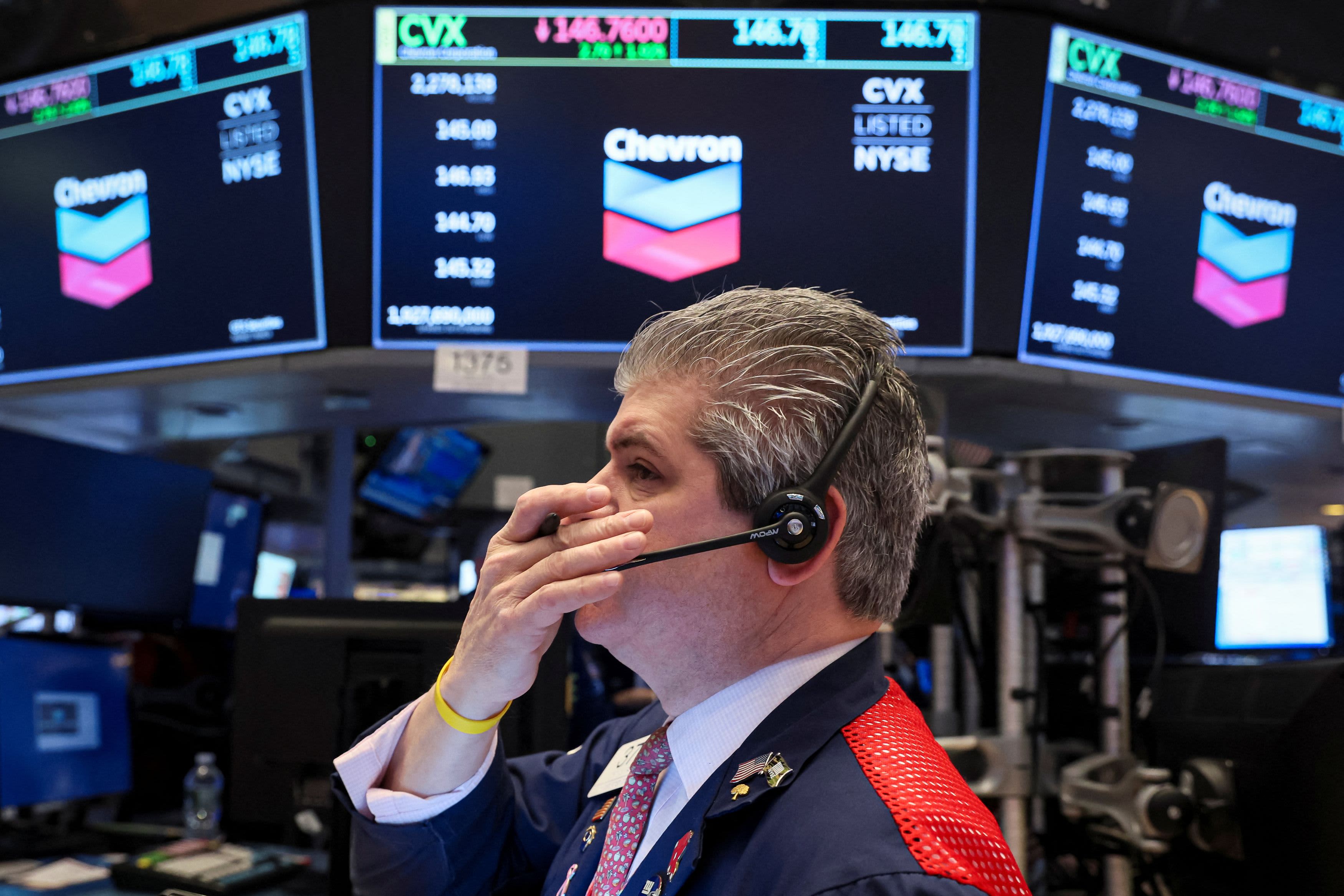U.S. oil climbed to the highest level in more than a decade in Wednesday trade, with global benchmark Brent topping $110 per barrel as crude’s blistering rally continues.
The advance comes as OPEC and its oil-producing allies, which includes Russia, prepare to meet Wednesday to discuss April’s output.
West Texas Intermediate crude futures, the U.S. oil benchmark, jumped nearly 5% trade at $108.43 per barrel, after earlier soaring as high as $110.18 per barrel — its highest since April 2011, according to data from Refinitiv Eikon. During trading Tuesday the contract gained 8.03% to settle at $103.41 per barrel.
Global benchmark Brent crude rose 5.1% to trade at $110.34. Brent had briefly climbed as high as $111.78 per barrel earlier, a level not seen since Jan. 2013, according to data from Refinitiv Eikon. During Tuesday’s session, the contract rose 7.15% to settle at $104.97 per barrel.
“There’s no respite. This is a dramatic moment for the market and the world and supplies,” said John Kilduff, partner at Again Capital. “It’s clear the world is going to have to stand up to Russia by foreclosing its oil exports,” he added, noting it’s oil that the market cannot afford to lose.
Both WTI and Brent surged above $100 last Thursday for the first time since 2014 after Russia invaded Ukraine, prompting supply fears in what is already a very tight market.
“Crude prices can’t stop going higher as a very tight oil market will likely see further risk to supplies as the War in Ukraine unfolds,” said Ed Moya, senior market analyst with Oanda. “Brent crude could surge to the $120 level if the oil market starts to think it is likely that sanctions will be placed on Russian energy.”
On Tuesday member states of the International Energy Agency announced plans to release 60 million barrels of oil reserves in an effort to alleviate the upward march in oil prices. As part of that, the U.S. will release 30 million barrels.
But the announcement did little to calm markets.
“We do not view this as sufficient relief,” Goldman Sachs wrote in a note to clients following the announcement. “Demand destruction — through still higher prices — is now likely the only sufficient rebalancing mechanism, with supply elasticity no longer relevant in the face of such a potential large and immediate supply shock,” the firm added.
Both WTI and Brent are now up more than 40% year to date as demand rebounds while supply remains constrained. Global producers have kept output in check, and OPEC and its oil-producing allies have been slowly returning barrels to the market after implementing an unprecedented supply cut of nearly 10 million barrels per day in April 2020.
Most recently, the group’s been raising output by 400,000 barrels per day each month.
“We think the producer group will likely stay the course with the current easing schedule and avoid wading into the deepening security crisis involving the group co-chair Russia,” RBC wrote in a note to clients.
The firm did note that there “could be a strategy shift in the coming weeks” should there be an actual physical supply disruption.
Russia is a key oil and gas producer and exporter — especially to Europe. So far the country’s energy complex has not been targeted by sanctions directly. However, there are ripple effects from the financial sanctions levied against Russia that have made some foreign buyers reluctant to buy energy products from Russia.
– CNBC’s Eustance Huang, Patti Domm contributed reporting.
